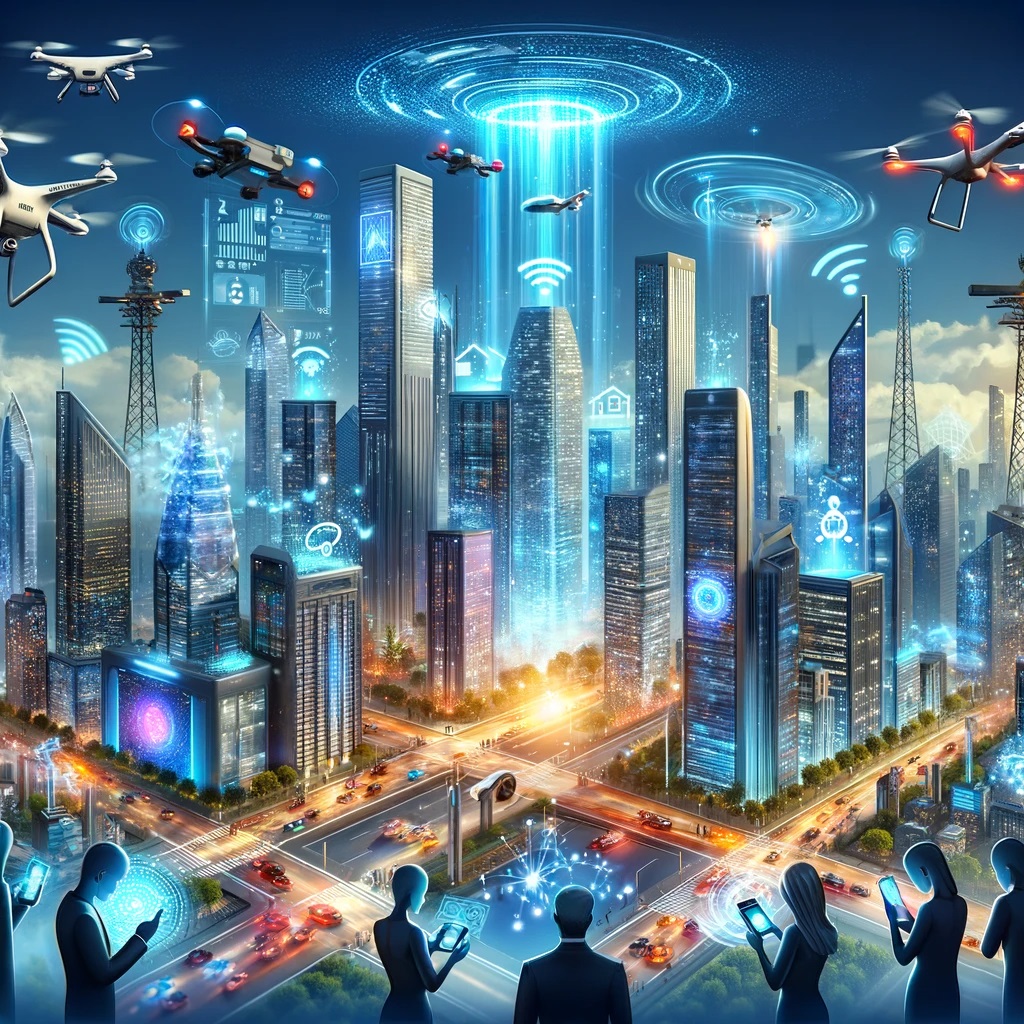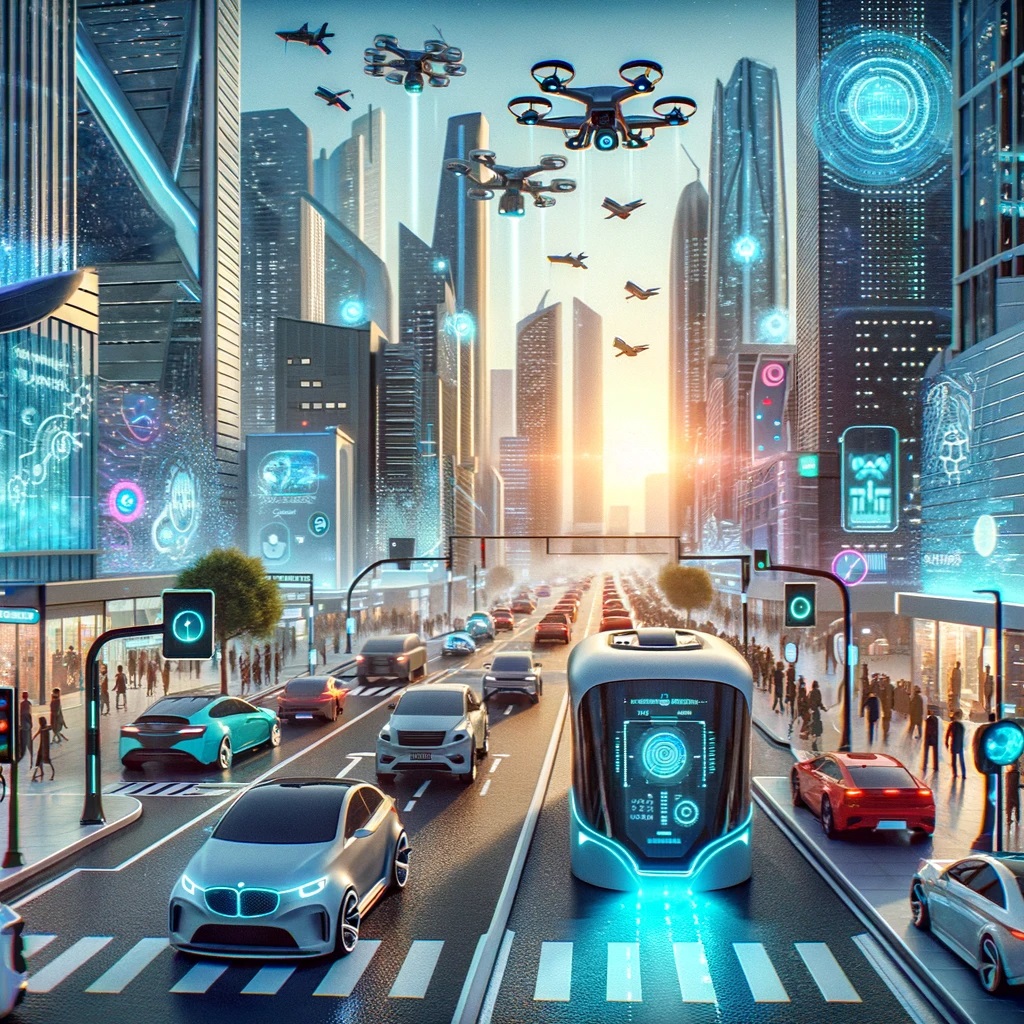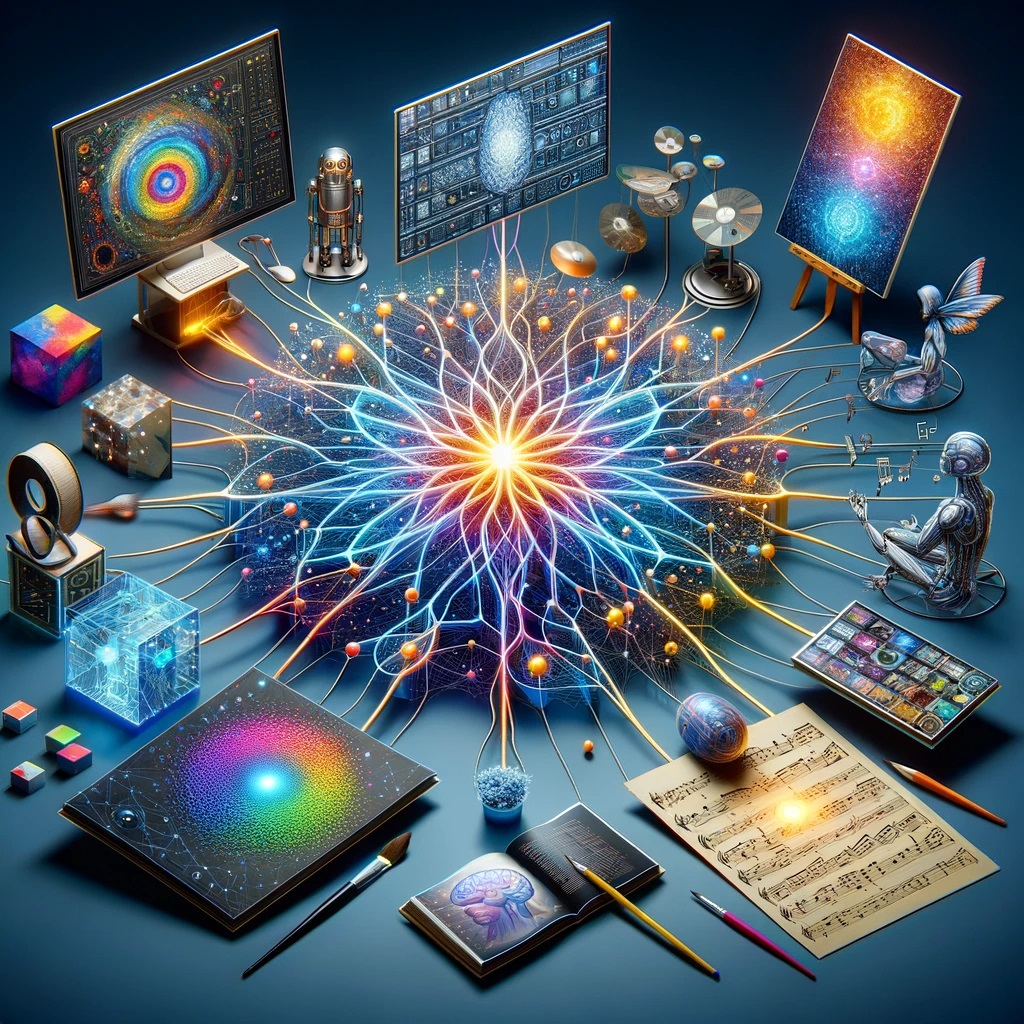In an era where artificial intelligence (AI) is increasingly used for content creation, distinguishing between text written by AI and humans has become both challenging and essential. We start by exploring the distinct writing patterns that are characteristic of AI, providing insights into the nuances that set AI apart from human authors. Delving into the technological realm, we discuss the various tools and software solutions designed specifically for detecting AI-written text. This comprehensive guide is an invaluable resource for anyone looking to navigate the increasingly AI-driven landscape of content creation with confidence and discernment.
Understanding AI Writing Patterns
AI-generated text often exhibits certain identifiable patterns. These include a tendency to stick to more generic, neutral language and a lack of personal anecdotes or experiences that are typical in human writing. AI writings are generally consistent in style and tone, as they lack the natural variability and idiosyncrasies of a human writer. Another telltale sign is the repetition of certain phrases or ideas, which can be a result of how AI processes and generates content based on its training data.
The key to identifying AI writing lies in examining the content for depth of insight and contextual understanding. AI often struggles with deeply nuanced or highly context-specific topics, resulting in content that may be technically correct but lacks true depth or shows a misunderstanding of subtler aspects of a topic. These nuances can be crucial in differentiating between AI and human-generated content.
Tools and Software for Detecting AI-Written Text
Several tools and software have been developed to help detect AI-generated text. These tools often use machine learning algorithms to analyze writing patterns and identify signs of AI authorship.
Here are the best AI detector tools.
Linguistic Analysis in Identifying AI Content
Linguistic analysis plays a crucial role in differentiating AI-written content from human-written content. This involves examining the text’s linguistic features, such as syntax, semantics, and pragmatics. AI-generated text might follow grammatical rules meticulously but often lacks the nuanced understanding of language that humans possess.
One aspect of linguistic analysis is evaluating coherence and consistency. AI-generated text can sometimes exhibit logical fallacies or inconsistencies in arguments, stemming from its limited understanding of real-world context and reliance on the input data it was trained on.
Another significant aspect is the use of context. Human writers naturally incorporate their understanding of the broader context into their writing, something AI still struggles with. AI-generated text may miss implicit meanings, cultural references, or nuanced viewpoints that a human writer would naturally include. Linguistic analysis can uncover these discrepancies, helping to identify AI-generated content.
Comparing AI and Human Writing Styles (What Sets Them Apart?)
When comparing AI and human writing styles, several key differences emerge. AI tends to generate text that is grammatically correct and stylistically consistent but often lacks the depth and variability found in human writing. Human writers naturally incorporate their unique experiences, emotions, and perspectives into their writing, which AI cannot authentically replicate.
One area where this difference is pronounced is in narrative and storytelling. Human writers can weave complex narratives, infused with emotions and personal insights, which AI struggles to replicate convincingly. AI-generated stories or articles might be structurally sound but often lack an authentic voice or emotional depth.
The Importance of Contextual Clues in Spotting AI-Generated Text
Contextual clues are often key in identifying AI-generated text. AI models, regardless of their sophistication, can struggle with understanding and accurately reflecting context, especially in complex or nuanced situations. This can manifest as inaccuracies or inconsistencies in the content that do not align with known facts or common understanding of a topic.
AI-generated text may also demonstrate a lack of situational awareness or fail to appropriately address the intended audience. For instance, AI might miss the tone or style appropriate for a specific demographic or cultural group, whereas a human writer naturally adjusts their language, tone, and references to suit their audience.
Another contextual clue is the relevance and timeliness of the content. AI-generated content might include outdated information or fail to incorporate recent developments or current events that a human writer would naturally include. This can be particularly telling in fields that require up-to-date knowledge, such as technology, politics, or pop culture.
Practical Tips for Evaluating Content Authenticity
To practically evaluate the authenticity of content and determine if it’s AI-generated, start by critically analyzing the writing style. Look for overly formal language, lack of personal touch or anecdotes, and repetitive phrasing. These can be indicators of AI authorship. However, bear in mind that AI is capable of mimicking casual and varied styles to some extent.
Consider the depth of insight and expertise in the content. AI-generated text might lack nuanced understanding or offer superficial coverage of complex topics. Evaluate if the content demonstrates a deep, contextual understanding of the subject matter, which is more characteristic of human writing.







